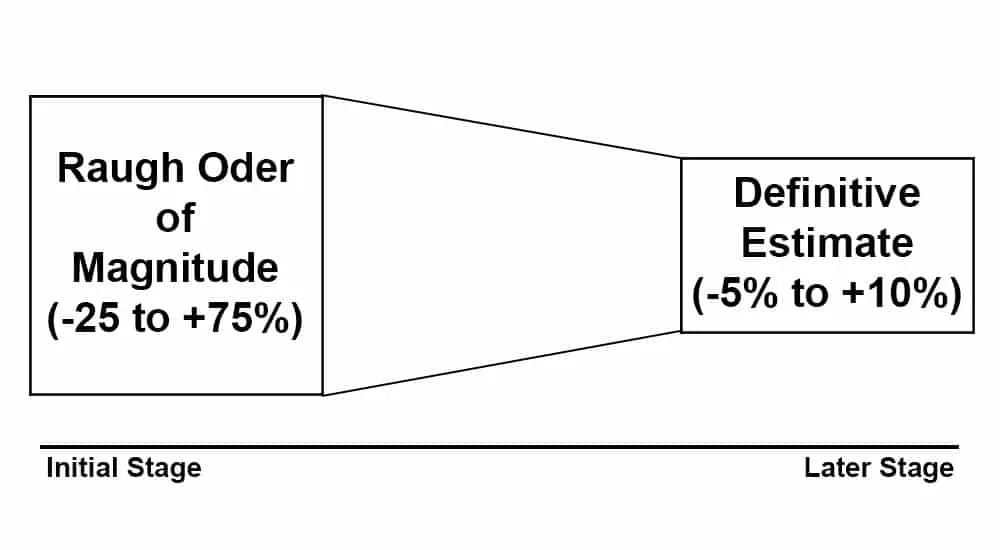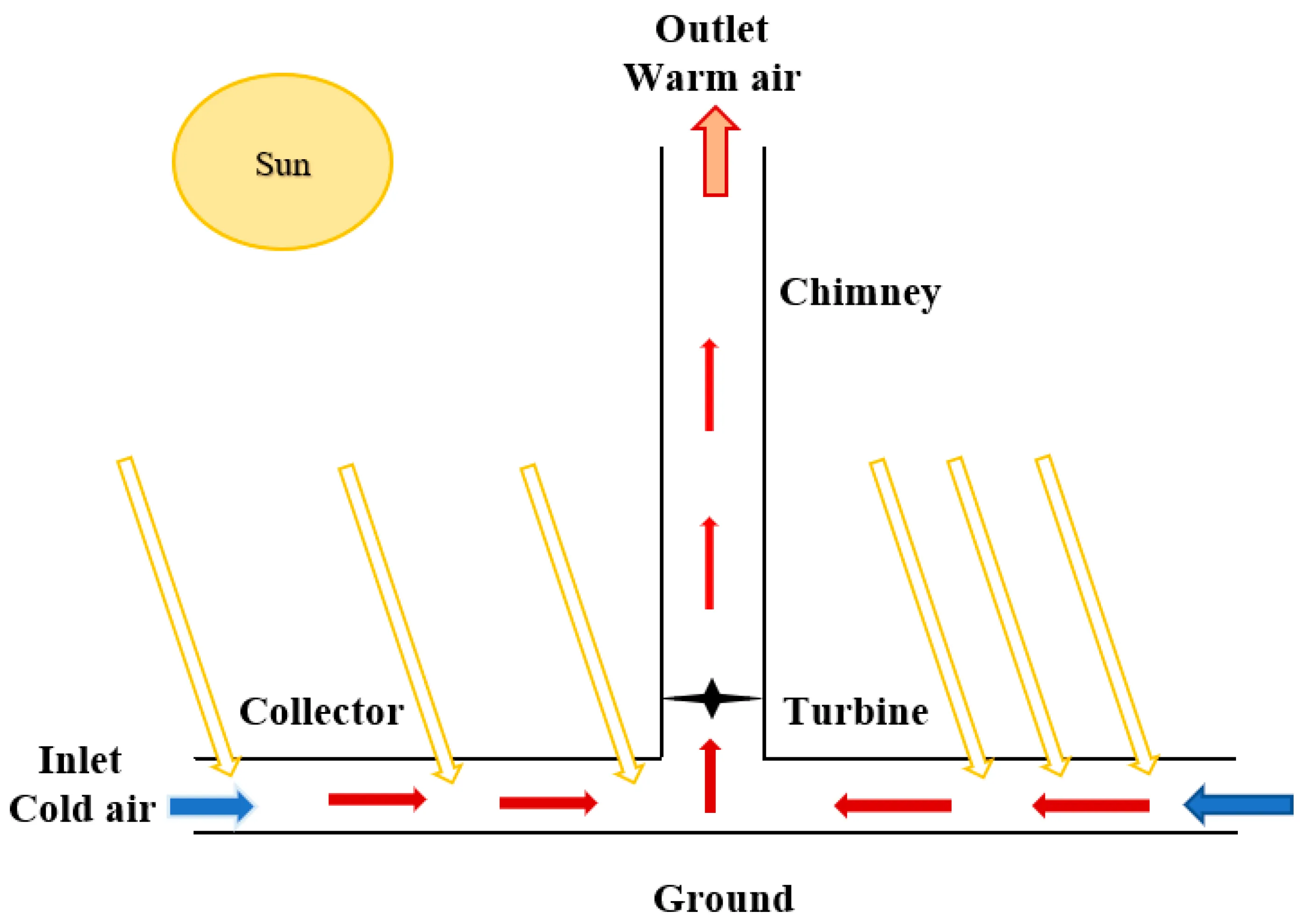SI Prefixes
If you're interested in Physics, you might have come across prefixes. Simply, they are words added before quantities to change their meaning. For example, when it's freezing cold outside, and we mention sub-zero temperatures, we mean temperatures lower than zero. There are other prefixes like mega and giga, which you might come across while using your computer.
SI units also use prefixes to describe really small or big numbers. These prefixes make it easier to express and describe numbers of any size. Using prefixes also to standardise terms used describe quantities.
Order of magnitude
The order of magnitude a way of arranging things based on their size. In the SI system, we use it to compare the size of an object to others. For example, we say that an object is one order of magnitude larger if it's ten times than others.
Let's look at some examples. If a rope is 20 metres long, it's one order of magnitude larger than a rope that is only 1 metre long. Why? Because 20 metres is more than ten times bigger than 1 metre.
Now, let's talk about kilograms. If an object weighs 10 grams, it's order of magnitude larger than an object that weighs only 1 gram. Similarly, an object that weighs 100 grams is one order of magnitude larger than an object that weighs 10 grams. And if something weighs 1 kilogram, it's one order of magnitude larger than an object that weighs 100 grams. So there are three orders of magnitude between the gram and the kilogram.

What are the SI symbols and their names?
Symbols play an essential role in simplifying mathematical equations and calculations. In the world of science, every SI prefix has a corresponding symbol that represents its value. These symbols are used for both small and large values, and each prefix and symbol represents a specific order of magnitude.
Take the centimetre symbol, for example. It's written as cm and represents a hundredth of a metre. The name itself suggests that it a hundredth of the length of a metre. The order of magnitude of the centimetre symbol is -2 compared to the metre. It's represented as 0.01, which means that one metre is equal to 100 centimetres.
Using symbols as prefixes makes it easier to write and understand mathematical equations and results, as it avoids confusion and simplifies the process.
Prefixes, symbols, orders, and names for large quantities
The SI prefix table below covers quantities that are larger than one unit.
Prefixes, symbols, orders, and names for small quantities
The SI prefix table below covers quantities that are smaller than one unit.
Using prefixes and symbols in everyday life
It's common to hear about new renewable power plants being built in different areas. Often, we are given information on the plant's energy output, but it can be challenging to understand just how much energy that is. we are given that the new plant will produce 300MWh, which stands for megawatts per hour.
The symbol M in MWh stands for Mega, which means one million. So, 300MWh represents 300,000,000 watts per hour. To put this into perspective, an average light bulb consumes about 30 watts per hour. So, if we divide the power produced by the new power plant (300MWh) by the amount of energy consumed by a single light bulb (30 watts per hour), we can calculate how many light bulbs the plant can power.
The result is that the new power plant will provide enough energy for 10,000,000 light bulbs per hour. This is an impressive amount of energy, and it highlights just how much power renewable energy plants can produce. Understanding these measurements and symbols can help us appreciate the scale of renewable energy projects and their potential impact on our communities.

How are prefixes and orders of magnitude related?
The SI system uses prefixes to indicate when a quantity is either larger or smaller than the original unit by a factor of ten. Each prefix in the SI system represents an order of magnitude, which means that every prefix tells us that the quantity is either one order of magnitude larger or smaller than the previous one.
For example, let's consider temperature. If we measure a temperature of 3 megakelvin, where "mega" represents 1 million, this measurement is six orders of magnitude larger than any temperature in the range of 1 to 9 kelvin. This means that the temperature is one million times larger than the range of temperatures between 1 to 9 kelvin.
Similarly, when we measure length, we might use the prefix "kilo" to indicate that the measurement is 1000 times larger than the original unit. For example, a length of 4.5 kilometres is three orders of magnitude larger than any measurement in the range of 1 to 9 metres. This means that a length of 4.5 kilometres is 1000 times larger than any length between 1 to 9 metres.
Understanding these prefixes and orders of magnitude can help us better comprehend the scale of measurements and make accurate comparisons between different quantities.
Calculating relative sizes using orders of magnitude
Calculations can also help us determine the orders of magnitude by which two objects differ in size. This method is useful when comparing lengths or areas and approx the accuracy of measurements.
For example, let's consider a bolt that needs to be manufactured with a width of 3cm, but it can vary slightly by 0.03cm. To determine the relative size of the deviation allowed in the measurement, we can divide the width of the bolt (3cm) by the allowed deviation (0.03cm). The result is 100, which means that the bolt size is 100 times larger than the deviation allowed in the bolt width. Therefore, the allowed deviation is two orders of magnitude lower than the width of the bolt.
When producing objects, even small variations can significantly impact the final product. Therefore, using orders of magnitude to determine the accuracy of measurements is crucial. By understanding these prefixes and orders of magnitude, we can better comprehend the scale of measurements and make accurate comparisons between different quantities.
SI Prefixes
What are SI prefixes?
SI prefixes are words used to substitute names of large or small quantities.A list of useful prefixes for measurements larger than the unit and their values are: yotta (10^24), zetta (10^21), exa (10^18), peta (10^15), tera (10^12), giga (10^9), mega (10^6), kilo (10^3), hecto (10^2), and deka (10).A list of useful prefixes for measurements smaller than the unit and their values are: yocto (10^-24), zepto (10^-21), atto (10^-18), femto (10^-15), pico (10^-12), nano (10^-9), micro (10^-6), milli (10^-3), centi (10^-2), and deci (10^-1).
How do you convert SI prefixes?
To convert SI prefixes, you need to know the prefix value and multiply by that quantity. An example would be converting 3 Meganewtons to newtons. You need to know that Mega is 1x10^6, so 3 Meganewtons are 3x10^6.


















